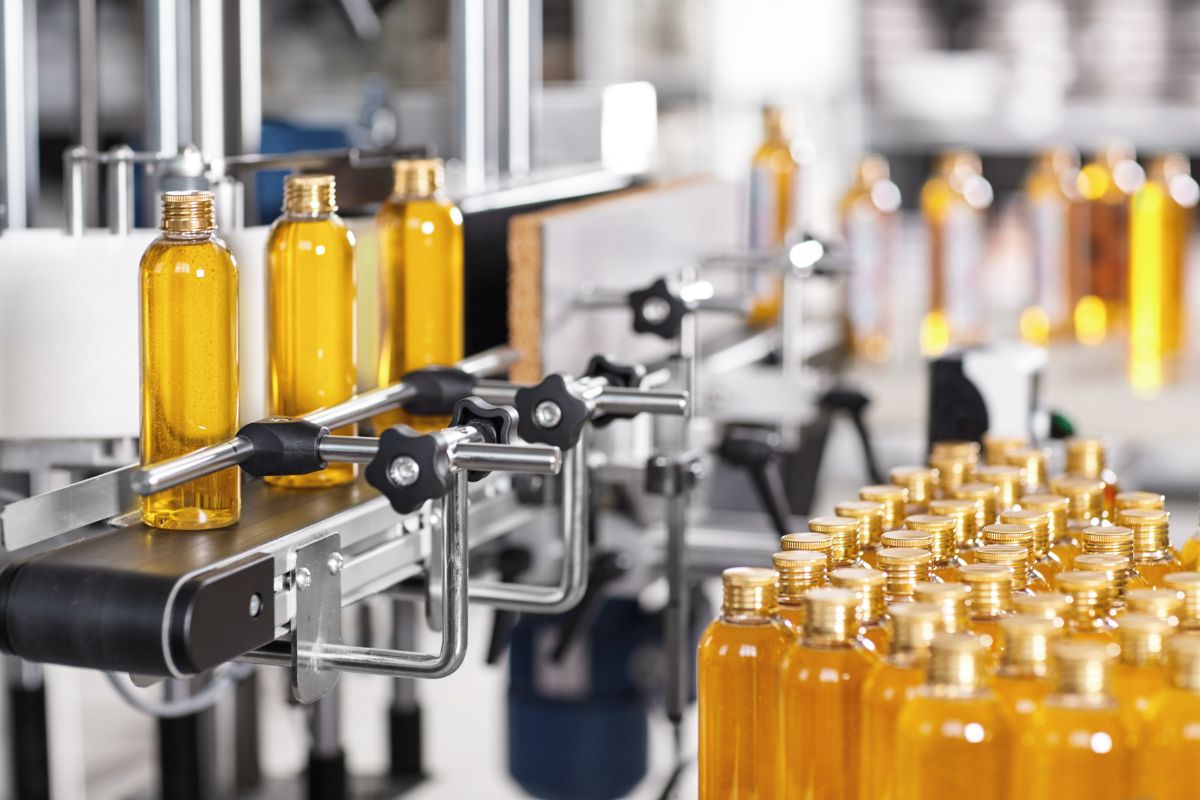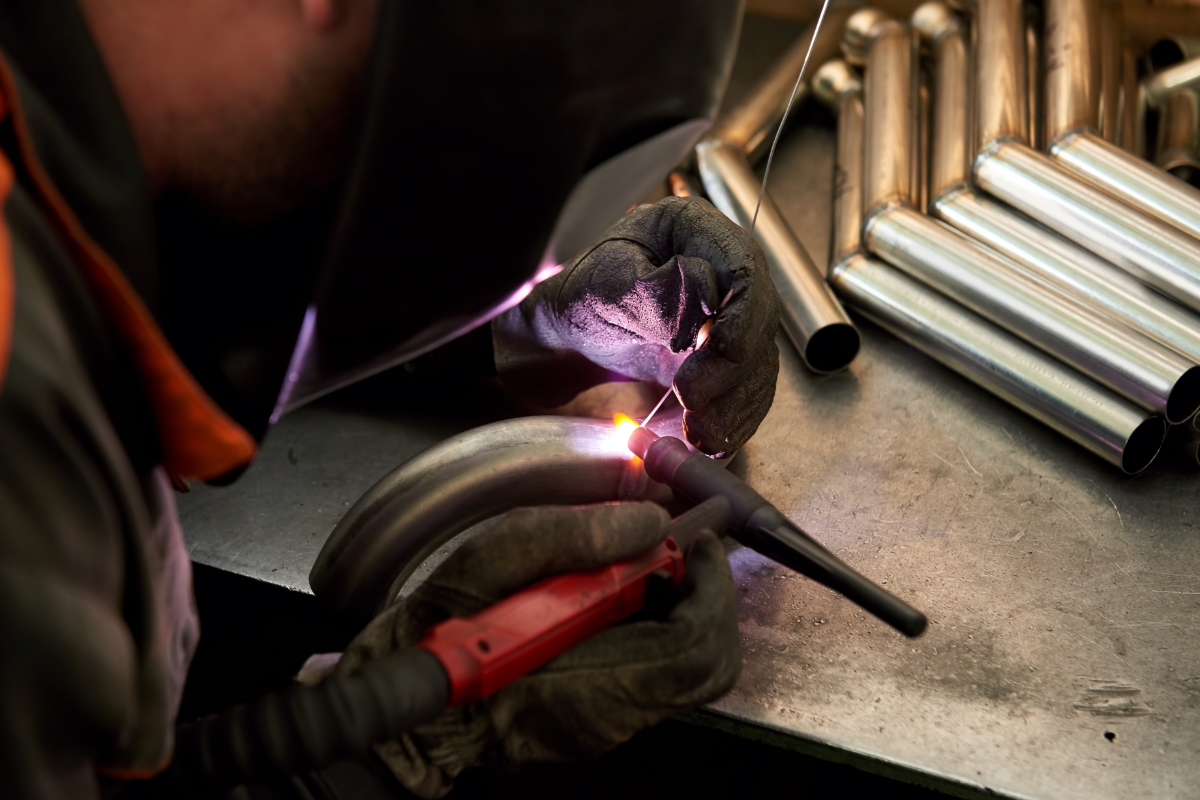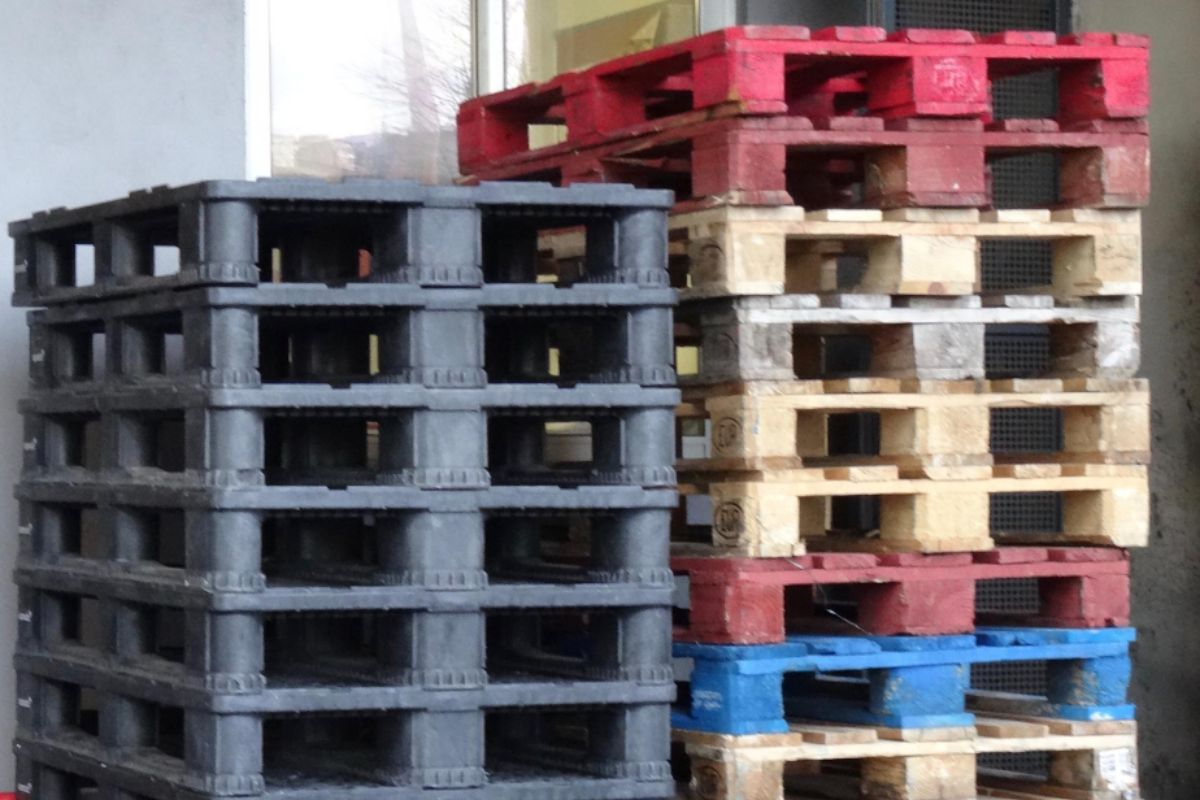What are the differences between aluminum vs steel molds?
- Tooling costs
- Time to manufacture
- Cost per part
- Sustainability and durability
- Heating and cooling times
- Suitability for advanced resins
- Suitability for complex designs
- Modifications and repair
You have a great idea for a new plastic product, so you choose to make new molds with your injection molding partner. Chances are, your plastic mold maker can make the tooling you need — but offers it in either steel or aluminum. But what are the differences between aluminum vs steel molds, and which one should you choose?
Under different circumstances, steel may be the better choice for your plastic project and vice versa. Here are a few things to consider to help you make the right choice:
Tooling Costs
Aluminum tends to be cheaper, and your molding partner may quote as little as half the price for their aluminum compared to their steel molds. This is because of scarcity and manufacturing methods. Overall, steel is an expensive material. Aluminum molds can be made much more easily compared to steel, as it is malleable and readily available.
All other factors equal, aluminum gives you a lower tool investment compared to steel. However, the overall value and return on investment of your mold can vary greatly — so the initial price should not be the only thing you consider when picking between an aluminum mold or steel mold.
Time To Manufacture

As aluminum molds are made much more easily than steel ones, they take less time to manufacture overall. Compared to steel molds (which generally take a month or two to produce) aluminum molds can be ready in as little time as three to four weeks.
However, the time it takes to manufacture your specific mold will rely on several factors, including inserts, special features, and part complexity.
Cost Per Part
When it comes to cost per part, this heavily depends on your intended product run — so there is no consistent winner in this category.
For shorter runs, going with lower upfront costs will help you recoup costs per part more easily. In this case, aluminum molds’ lower costs are ideal.
But, if you intend to use your mold for high volume runs (think in the hundred thousand to the millions range), then this is where you’ll see a better payoff with bigger initial investments. In this case, steel is the ideal choice, and you’ll see that the cost per part will decrease over time.
In this area, it’s important to determine how much and how often you will use your mold to get the best advantages in this area.
Sustainability And Durability
Both aluminum and steel are durable metals — these options can easily withstand thousands of shots with little to no issue. However, it must be said that steel far outperforms aluminum when it comes to durability.
If you plan on running just a small quantity of injection molded parts per year, then aluminum may be the best choice. As we mentioned, aluminum molds are the best cost-per-part option for lower production volumes.
Likewise, steel is ideal for large volumes of injection molded parts for years. This is because it is one of the most durable and strong materials for injection molding tooling — allowing it to reliably produce parts into millions of pieces. It even reliably lasts for decades, given the proper maintenance. In these cases, steel molds are an unparalleled choice.
Heating And Cooling Times
Both aluminum and steel have good heating and cooling times. But, aluminum is the better conductor and has a higher rate of heat dissipation than steel. This means that heating and cooling times with aluminum molds are greatly reduced — making their overall cycle times much shorter. Thus, aluminum molds may be able to produce your plastic parts more quickly.
Suitability For Advanced Resins
While both options are suitable for a broad range of resins, steel has the advantage here — especially when it comes to working with more complex or advanced resin formulations.
This is something you want to consider when using specialty resins, or formulations including glass, fiber, metal inserts, and other additives. Steel is the better choice because it is much less malleable than aluminum, and therefore can withstand the addition of other materials. Aluminum molds, on the other hand, run the risk of scratching and other damage from these additives, causing cosmetic defects and imperfections in your plastic product.
Before choosing how to make your mold, be sure to review the compatibility of the mold material and your resin of choice.
Suitability For Complex Designs
Aside from resin selection, you should also take your design in mind when choosing which metal to have your molds made from. Generally, aluminum molds are not suited for more complex designs. This is because aluminum cannot reliably hold complex shapes and tight tolerances for a long period — especially when production is high volume.
On the other hand, steel molds utilize such intricate designs — even having the capacity to accommodate designs with multiple cavities and inserts. Steel, being so stiff and strong, can hold this complex shape for much longer than an aluminum can, allowing you to produce your desired design to exact specifications.
Modifications And Repair
When it comes to modifications, steel molds can accommodate them much easier than aluminum molds can. So, aluminum molds are not recommended for parts that may go through many changes or design revisions in the long run.
However, when it comes to repairs, steel molds can be difficult and costly to repair. This is mostly due to their extreme hardness, and in most cases, a new mold may have to be manufactured to replace the defective one. Aluminum molds are more receptive to repair, which can be done much faster and cheaper compared to steel molds.
Key Takeaway
As you can see, the choice between aluminum vs steel molds comes down to the specifications of your part and the project itself. You should consider part design, the volume you want to produce, the materials you intend to use, and more factors to find which kind of mold is best for your product.
When you work with Richfields, we can help you come to a decision quickly and easily. Our team of experienced mold designers will work to find the best design and materials to meet your specifications. We can work with you throughout the entire plastic injection molding process to create cost-effective, high-quality injection molding solutions for your parts. Contact us today to learn more about our capabilities, and how we can handle your plastic project.













